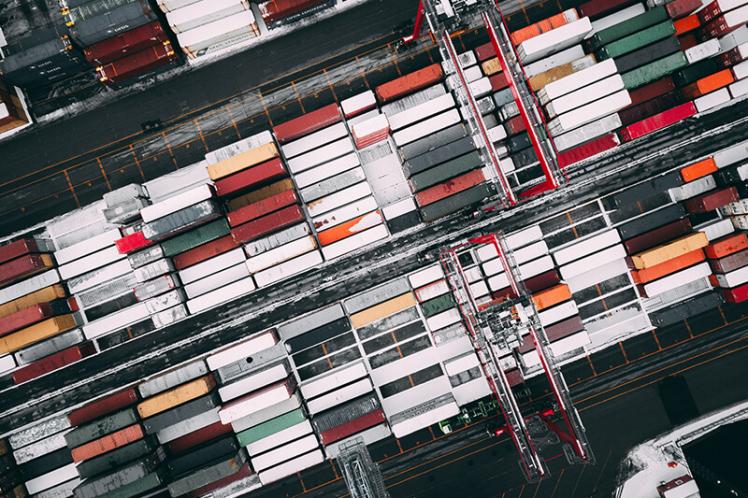Container Port Multinationals Explore Business Opportunities in New Markets

In this article, Dr. Francesco Parola explores the implications of rapid changes in the container port sector.
In recent decades, the container port sector experienced unprecedented transformations, which profoundly re-designed industry structure and its competitive boundaries. The explosion of globalization made world economies increasingly interrelated as a result of focused manufacturing and growing international trade. This context favoured the process of integration and trade development, also stimulating port reform in developing countries and the surge of numerous terminal projects. This new economic and institutional landscape offered many investment opportunities in port facilities worldwide and progressively opened the stevedoring market to global competition.
Some terminal operators, previously bounded within national borders, paved the way to industry internationalization and started to outgrow their respective home ports. Hereinafter, numerous container port multinational enterprises (MNEs) expanded operations overseas, looking for portfolio diversification, network and scale effects in their cost base and additional financial margins. The port industry is now witnessing an increasing number of terminal projects fuelled by the massive diffusion of containerisation in global commodity chains. These overseas initiatives entail a high degree of complexity in terms of amount and variety of allocated resources, e.g. financial investment, managerial and organizational skills, staff, ICT, etc. Besides, they expose the parties involved to a range of commercial, technical, regulatory, political and financial risks. The magnitude of such worldwide investments is considerable. In the 1986-2013 period, the World Bank recorded approximately 200 container port projects involving private participations referring to developing countries alone, for a total investment amount of roughly 40 billion USD.
The nature and ultimate strategic objectives of container port MNEs are not univocal. Some heterogeneous business models, in fact, establish themselves in the market and mutually influence each other. Notable, there have been increased levels of investment on behalf of shipping lines in container facilities, looking for cost control and port operations efficiency. At the same time, pure stevedoring companies have emerged and are now the dominant force in the industry. These players understood that the fierce competition driven by port privatization could not allow them to survive only by managing their domestic operations, and decided to expand their focus internationally. In recent years, however, there has been a blurring of the distinction between shipping lines and pure stevedores, as they initiated to adopt rather converging strategic and organizational behaviours. Finally, the industry was also penetrated by an array of large equity firms and financial corporations, whose prime objective is to generate a return on investment.
In particular, container port MNEs from emerging economies performed as a powerful force spearheading the internationalization drive, and quickly “leapfrogged” traditional temporal phases of internationalization, sketching patterns of spatial outreach different from those of traditional MNEs. Also, the recent surge of born global financial operators demonstrated that equity firms have an unsurpassed capacity to allocate large amounts of resources and set up new subsidiaries by acquiring shares in multiple locations. Rapidly expanding container port MNEs are experiencing fundamental shifts in entry pattern dynamics. Indeed, the growing market and financial pressure triggered numerous players to massively resort to large networks of equity joint-venture (EJV) arrangements for supporting overseas ambitions.
This article draws insight from Chapter 16 “Multinationalizing container ports: Business models and strategies” written by Dr. Francesco Parola in Maritime Logistics edited by Dong-Wook Song and Photis Panayides.




